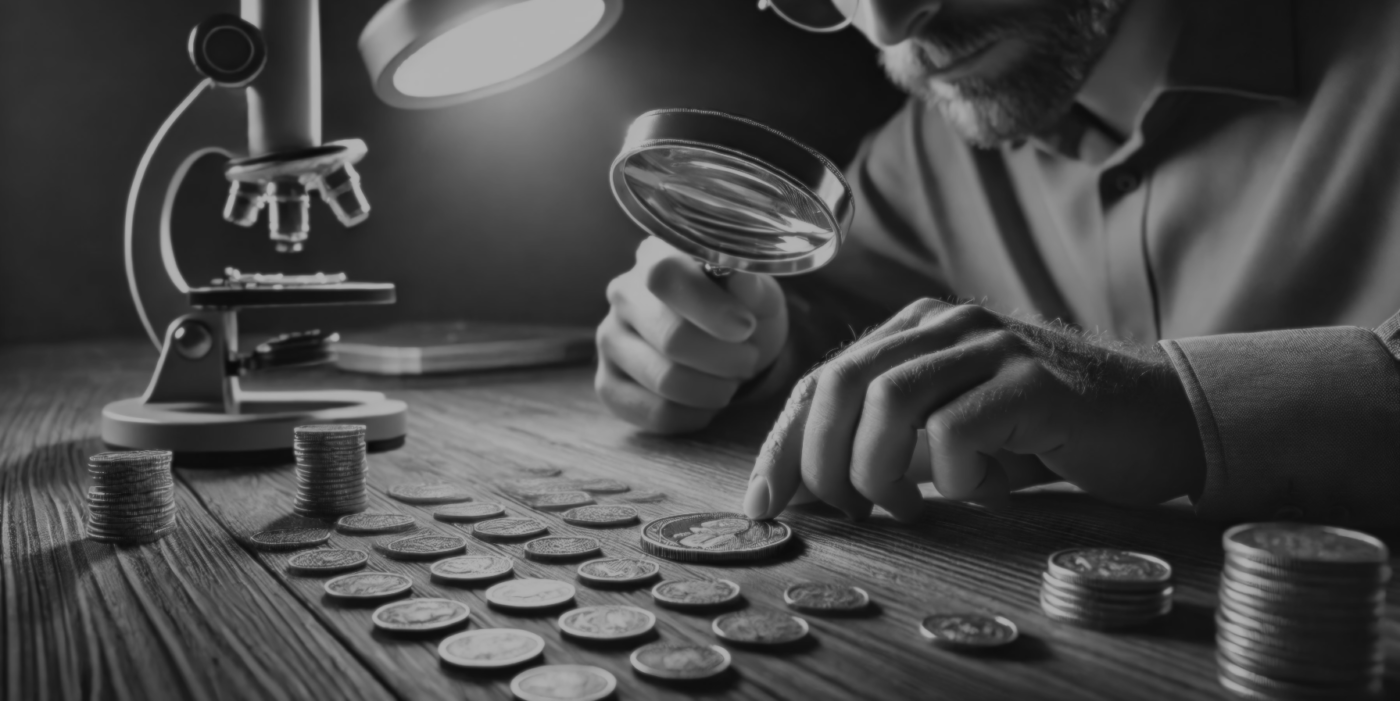The Secret Codes of Coins: Hidden Messages in Numismatic History
Coins have long been used as more than mere currency; throughout history, they have served as vessels for political propaganda, religious beliefs, and even clandestine communication. In this exploration, we delve into the enigmatic world of coins that carry hidden messages, secret codes, and symbolic meanings, revealing how these artifacts can tell stories that go far beyond their monetary value.
1. Symbolism in Ancient Coins
Ancient civilizations often used coins to convey messages about power, religion, and culture. For instance, the Athenian silver tetradrachm features an owl, a symbol of wisdom, and the goddess Athena, emphasizing Athenian superiority. However, lesser-known are the coins minted during periods of conflict that bore symbols intended to inspire hope or fear. The hidden meanings behind these symbols often go unnoticed by casual collectors, yet they reveal the political and social dynamics of their time. Understanding the symbolism in ancient coins can offer insights into the values and beliefs of past societies, as well as their underlying tensions.
2. The Mysterious Mark of the Cursed Coins
Throughout history, certain coins have gained notoriety for being “cursed.” A notable example is the “cursed” coins of the 14th-century Great Plague, which were rumored to bring misfortune to those who possessed them. In some cultures, coins bearing specific markings or inscriptions were believed to be jinxed, leading to their concealment or destruction. This aspect of numismatics touches on folklore and superstition, highlighting how coins can be intertwined with cultural beliefs and fears. Collectors interested in these so-called cursed coins often seek to uncover the myths surrounding them, reflecting on how such narratives shape the perception of numismatic artifacts.
3. The Secret Lives of Coin Minting
Coin minting has always been surrounded by a shroud of secrecy, particularly during times of war or political unrest. For example, during the American Revolutionary War, the Continental Congress faced a shortage of coins, leading to the clandestine minting of currency to fund the war effort. The details surrounding these secret minting operations often remain buried in history, leaving collectors intrigued by the hidden stories of how these coins came to be. Investigating the clandestine processes behind minting can reveal fascinating tales of resilience and resourcefulness, underscoring the often-overlooked significance of numismatic history.
4. Hidden Codes and the Art of Collecting
Some coins feature intricate designs that contain hidden codes or messages intended for a select audience. For example, the Spanish “pieces of eight” often contained marks indicating the mint and year of production, but they also included symbols meaningful to the owners or collectors. Understanding these hidden codes requires extensive research and familiarity with historical contexts, making the pursuit of such knowledge a secretive endeavor in the numismatic community. Collectors who decipher these codes gain a deeper appreciation for their coins, enhancing their understanding of the art of collecting and the stories that coins can tell.
5. Numismatic Forgeries and the Secrets They Reveal
The world of coin collecting is not without its secrets, particularly in the realm of forgeries. Counterfeit coins have been produced throughout history, often mimicking famous issues to deceive collectors. However, the study of forgeries reveals secrets about the art of coin production and the motivations behind creating fakes. By examining the details of these forgeries, collectors can gain insights into the original coins’ features, enhancing their knowledge of genuine numismatic artifacts. This secretive aspect of collecting serves as a reminder of the importance of vigilance and education in the pursuit of authenticity.
6. Secret Societies and Numismatic Symbols
Throughout history, various secret societies have used coins as symbols of their beliefs and values. The Freemasons, for example, incorporated symbols such as the square and compass into their commemorative coins, which were often used to convey messages to members while remaining obscure to outsiders. By exploring the coins associated with secret societies, collectors can uncover hidden histories and the intricate connections between numismatics and clandestine organizations. This exploration raises questions about the role of coins in fostering community and secrecy, inviting collectors to delve deeper into the stories behind the symbols.
7. The Role of Coins in Espionage
Coins have played a surprising role in the world of espionage, often serving as tools for communication or concealment. During World War II, for instance, coins were used to create “escape kits” for spies and resistance fighters, containing hidden compartments for important documents or messages. These covert operations underscore the secretive nature of numismatics, where coins can embody tales of bravery, deception, and intrigue. By examining the historical context of these coins, collectors can appreciate the multifaceted roles that currency can play beyond its primary purpose.
8. The Legacy of Secret Mint Marks
Certain coins bear mint marks that, while seemingly innocuous, can reveal secrets about their production and provenance. For instance, some coins minted during times of conflict or political strife have hidden mint marks indicating their origins, often leading to intriguing stories about their journeys through history. By researching these mint marks, collectors can uncover fascinating narratives about the coins in their collections, connecting them to broader historical events and movements.
Unveiling the Secrets of Coins
The world of numismatics is rich with hidden meanings, secret codes, and untold stories that lie beneath the surface of mere currency. By exploring the enigmatic aspects of coins, collectors and enthusiasts can gain a deeper understanding of their historical significance and the intricate connections between currency and culture. As we uncover the secrets embedded in these artifacts, we are reminded that coins are not just objects of value but gateways to the mysteries of human history and experience.

